As children transition back to school and child care, learn about all the products that are keeping your children safe.
Keeping children safe has always been every educators priority in schools and childcare centres. However, in this current climate with the ever-changing guidelines and regulations we are constantly worrying about the well-being of the children in our care and thinking “is my centre or classroom up to proper standards?” This short read may offer you solutions to help put your mind at ease.
In almost every public building in Canada, you cannot enter without a face mask, if you are allowed in that building at all. Masks are one important tool in protecting us against any potential infection but have you ever stopped to think about all of the tools we need to keep us safe or the number of germs that could be on children's toys or furniture. Now think, what should we be changing in our schools and centres to keep educators and children safe?
We are taught from a young age that washing and sanitizing our hands are essential to reducing the spread of infection. Hand sanitizers are everywhere stores, childcare centre, restaurant, and school. They are a quick and easy way of inactivating microbes and reducing the spread of germs. The type of sanitizer we use is important (containing 60% ethanol or 70% isopropanol as active ingredients), but it is equally important that we are using the right amount of hand sanitizer. Electric dispensers (power supply or battery operated) are a great way to get the correct amount of sanitizer on our hands, without causing a mess or having to touch a potentially infected hand pump quickly stopping germs from spreading.
However, were you aware that sanitizing your hands is not the most effective way of preventing infection? Washing your hands with soap and water is! The Centre for Disease Control (CDC) recommends washing hands with soap and water as the top way to clean our hands. In a lot of rooms, there is not always access to a water supply, so dispensers are a more practical option in most cases. Within our classrooms or childcare centres, hand washing sinks should be available in every room so educators and children can clean their hands without having to go to a washroom and interacting with another ‘bubble’. So, you might be thinking, my room does not have a sink or even access to water. The solution… portable sinks! These lightweight sinks do not need to be connected to a water source or electrical outlet and are the best way to reduce the spread of infection without children having to leave the room, so they are supervised and safe!
It is not just our hands that we need to keep clean and disinfect, but also the many items in our centres and classrooms that get touched by many hands daily. In an ideal world, every child would have their own individual items. Unfortunately, this is not the world we live in. As an ECE or teacher, you know that schools and centres do not have space nor the money to provide every child with their own toys, electronics, and furniture. It is hard to find the time to clean everything in your already busy schedules while also having to look after children AND then clean.
SO how do we speed up this process and make it easier? First of all, it is important to have the right toys and furniture in our centres. Toys should be easy to clean quickly and made of non-porous materials to prevent them from holding on to any germs or absorbing disinfectant. Wooden or plastic toys are easy to disinfect and wipe clean quickly. Try to avoid soft porous toys that will have to have a deeper clean.
Even though these toys are easier to clean, they should be cleaned! Manipulatives can be quickly cleaned with the right equipment. Cleaning tubs that wish mesh bottoms can easily clean toys ready for the next child to use.
Take a look around your classroom or your centre, within reach there is probably at least one that you can grab that should not be disinfected with wipes or disinfectant, Now you are probably thinking, so what do we do in this situation? Luckily, there are other ways to sanitize items without the need for disinfectant or water.
Certain UV light when used properly, safely damages bacteria and viruses that are on items so it cannot cause infection, these UV rays are so safe they are often used in our water systems to clean our drinking water. UV tech tubs can disinfect to a 99.9% kill* of common hospital and classroom viruses and bacteria in one minute. The UV rays are in fully enclosed chambers so no UVC exposure is given off to users. Quick, clean, safe, and easy!
We do not want to be cleaning all day long, so some items should not be shared and should only be touched by one person for example pens, stationery, personal sanitizer organization is the key to making sure this happens. But remember, even though only one person is touching these items and do not need to be cleaned all the time, these items, however, should still be washed fairly regularly to limit the chance of any germs being spread. Labeling and storing items separately in an organized manner with help make your classroom and centre a safe place.
Flashback! Let's step back just one year. Face masks were mainly used in a professional environment. Jump forward to the present day and face masks are now the norm. We leave our houses thinking "keys, wallet, phone… face mask".
In most cases cloth face masks are acceptable according to the CDC. However, there are many situations where medical face masks or face shields are required such as in childcare centres. Every school boards decision on masks is independent. In some areas, cloth face masks may be acceptable, but in other areas, a medical face mask may be required to be worn. Make sure you visit your local school boards website to stay up to date on guidelines.
Did you know 55% of communication is visual? When we wear a traditional mask, it blocks facial expressions which portray certain emotions and stops visual cues and therefore some communication.
Many people rely on these visual expressions and cues to communicate, for example some children may be deaf or have hearing difficulties and may use lip reading as a way to understand. When we wear a "traditional" face mask a lot of these critical cues may be missed and may cause less effective communication and in turn, can affect a child's ability to learn.
Transparent face masks give the same comfort and protection as a "traditional;" face mask but stops key communication cues being missed
Keeping everyone safe is a task everyone needs to be involved in. As the saying goes “it takes a village”. Knowledge is only half the battle, having the right equipment is the other half. Together as a community, we can keep every child, educator, and parent safe. Make sure to stay up to date with the current government guidelines which can be found here.


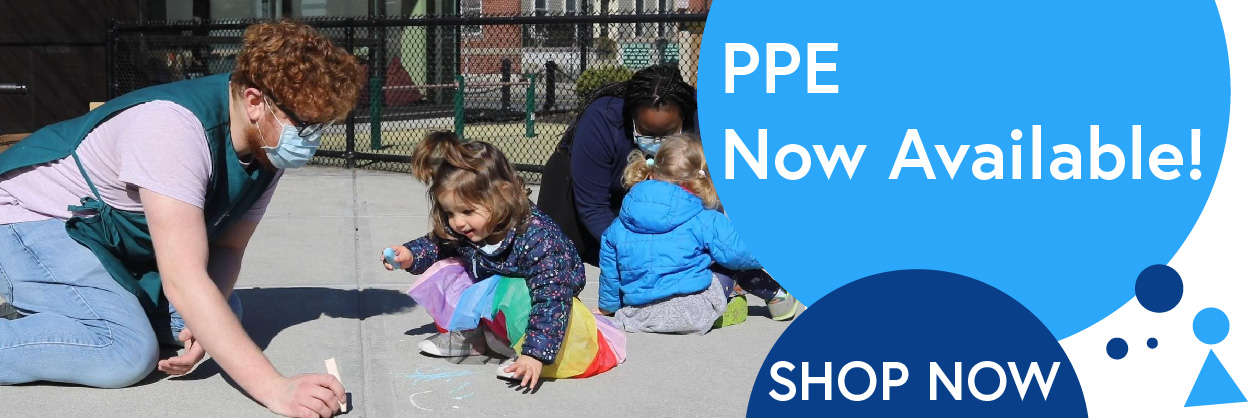
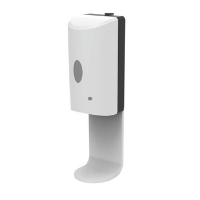

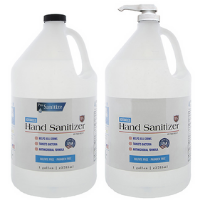
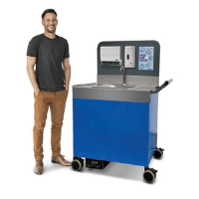
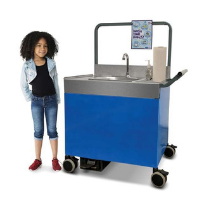
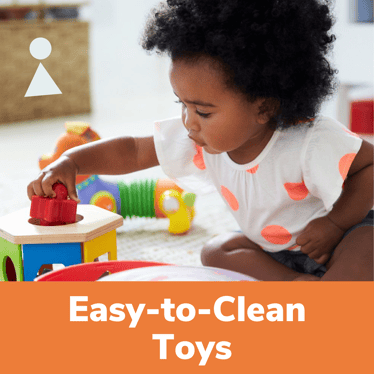
.png?width=201&name=Easy%20to%20Clean%20Toys%20(2).png)
.png?width=200&name=Easy%20to%20Clean%20Toys%20(1).png)
.png?width=201&name=Easy%20to%20Clean%20Toys%20(3).png)
.png?width=200&name=Easy%20to%20Clean%20Toys%20(4).png)
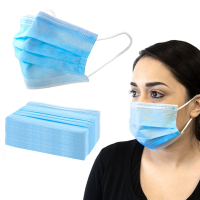

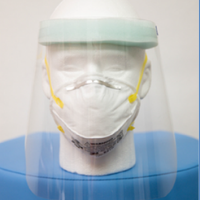
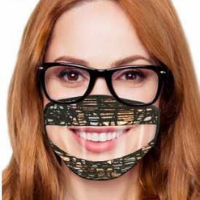
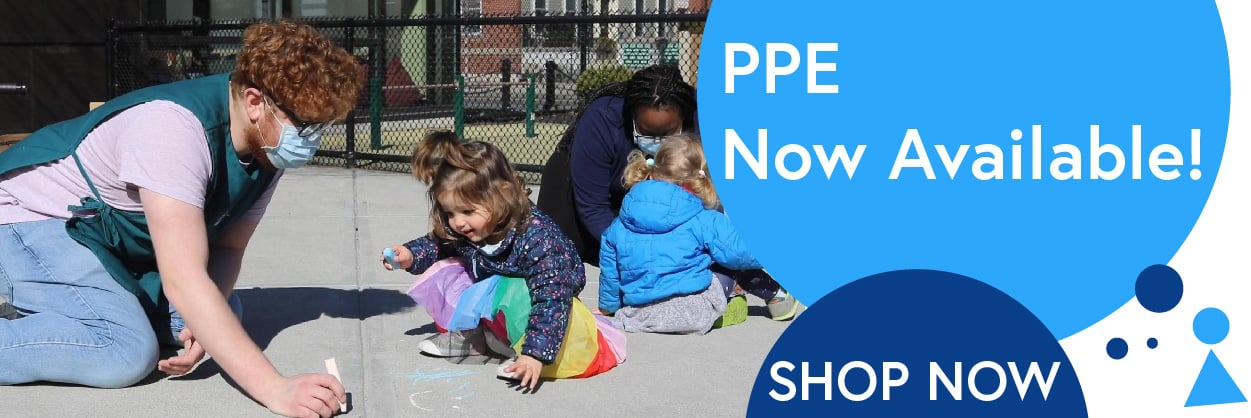

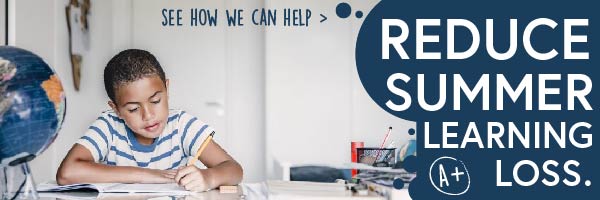

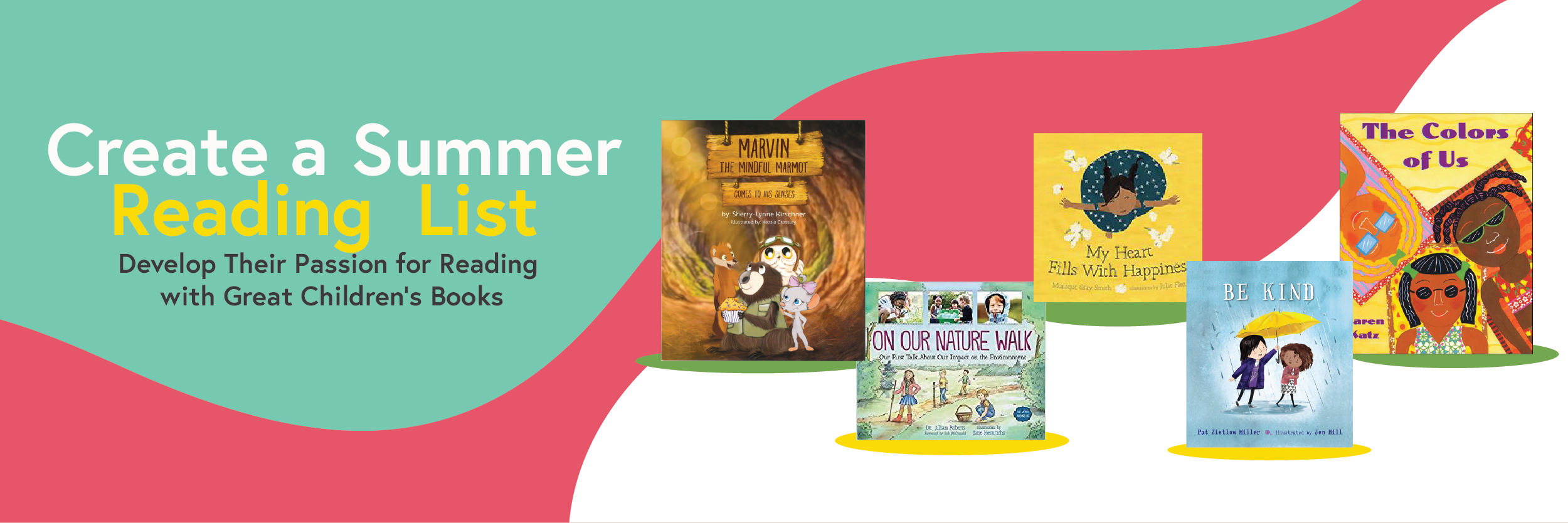
.png)
.png)